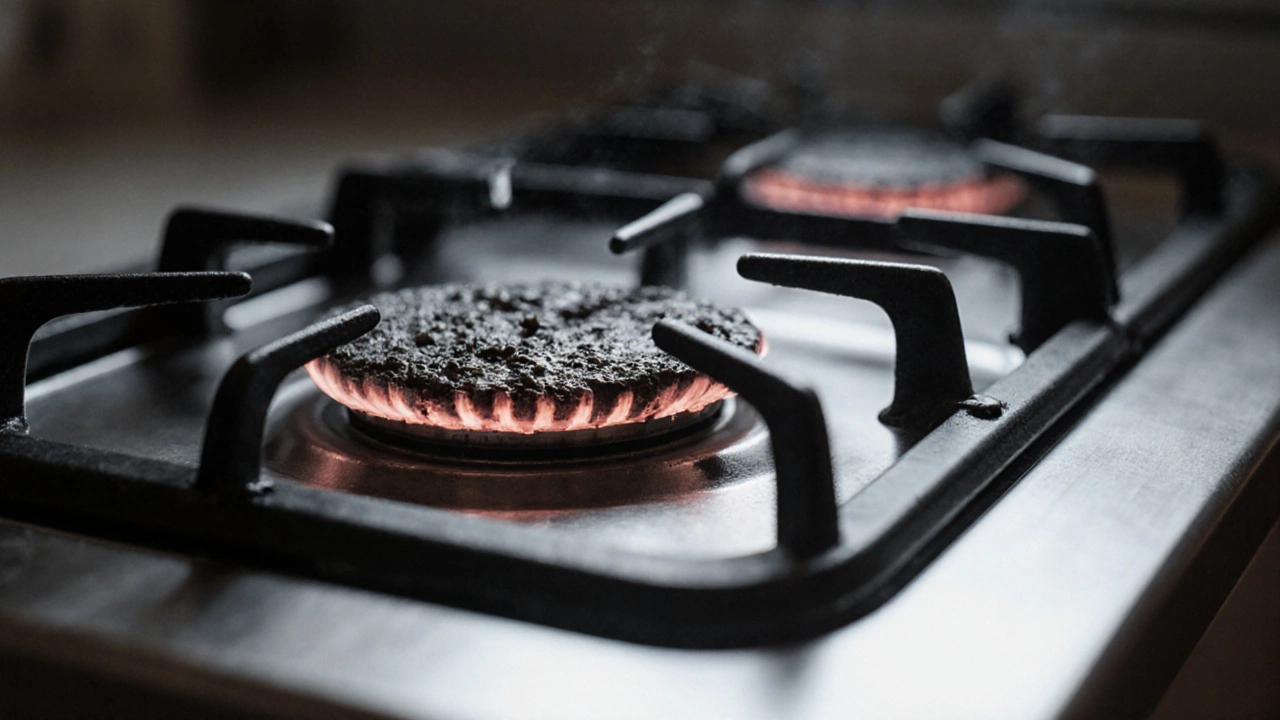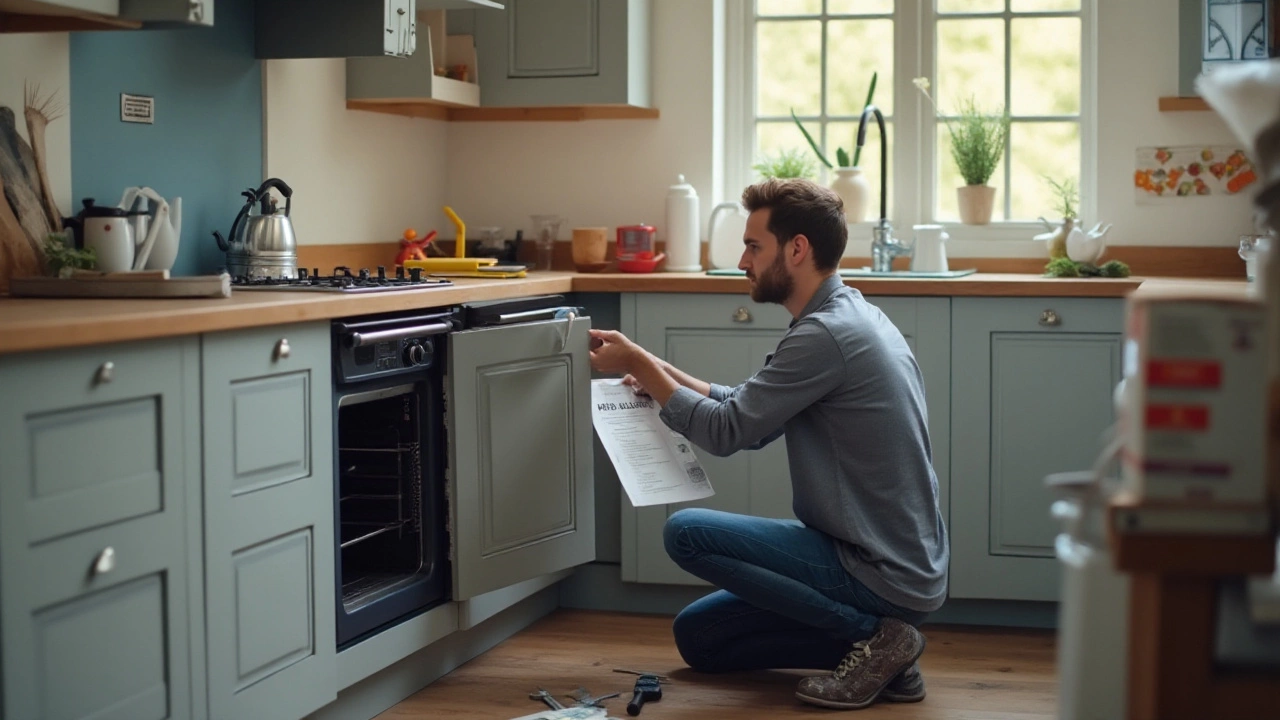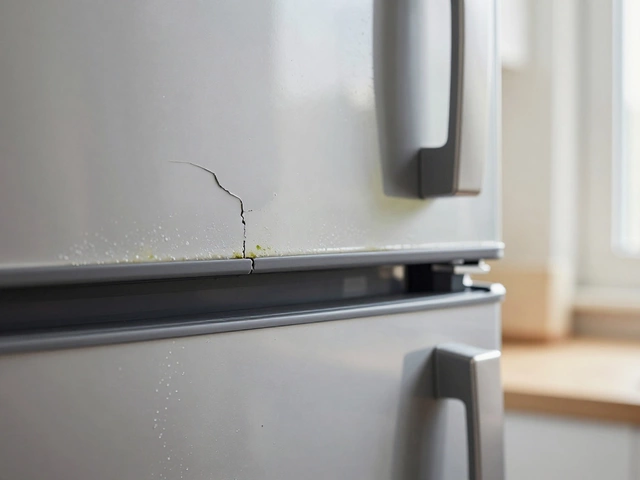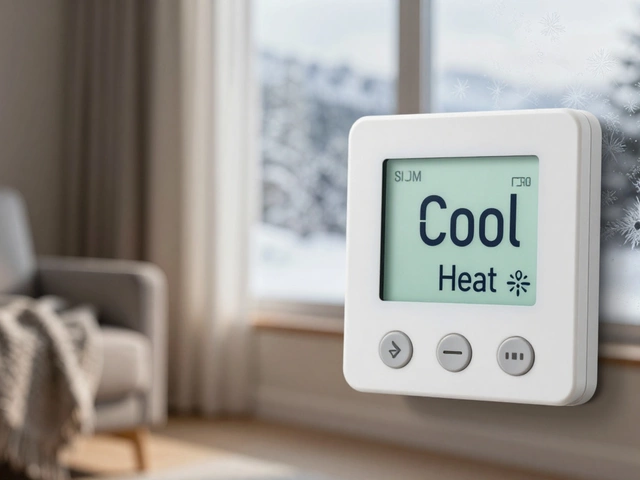Electric Stove Element Tester
How to Use This Tester
Enter the resistance reading from your multimeter to determine if your stove element is working properly. A good element typically reads between 20-120 ohms.
If your electric stove isn’t heating up like it used to, or parts of your cooktop are cold while others work fine, chances are your heating element has gone bad. It’s one of the most common issues with electric stoves - and it’s usually easy to fix if you know what to look for. You don’t need to be a technician to diagnose it. With a few simple checks, you can tell whether it’s time to replace the element or if something else is going on.
Signs Your Electric Stove Element Is Bad
The first clue is often visual. Take a close look at the coil element on your stove. If you see any of these, it’s likely failed:
- Dark spots or blistering on the coil
- Broken or sagging wire sections
- Visible gaps or cracks in the metal
- One part of the coil glowing red while another stays dark
These aren’t just cosmetic issues. A broken element can’t complete the electrical circuit, so it won’t heat. Even if it looks mostly intact, internal damage can still stop it from working. Don’t wait until the element stops glowing completely - if it’s inconsistent, it’s already failing.
Another sign is uneven cooking. Say you’re baking a tray of cookies and one side burns while the other stays raw. Or you’re boiling water and it takes twice as long as usual. That’s not your recipe - it’s your element. Modern electric stoves have multiple elements for different zones. If one zone is sluggish or dead, the element in that zone is probably the culprit.
How to Test the Element With a Multimeter
Visual checks are a good start, but the only way to be sure is to test the element with a multimeter. You don’t need a fancy tool - a basic digital multimeter from any hardware store works fine. Here’s how:
- Turn off the power to the stove at the circuit breaker. Safety first - never test live components.
- Remove the element by pulling it gently out of its socket. You might need to unscrew a retaining bracket first.
- Set your multimeter to the lowest ohms (Ω) setting.
- Touch one probe to each metal terminal on the end of the element.
- Read the display.
A good element typically reads between 20 and 120 ohms, depending on its size and wattage. If the meter shows OL (open loop) or no reading at all, the element is broken. If it reads zero ohms, that’s also bad - it means there’s a short inside. Either way, it needs replacing.
Some people skip the multimeter and just plug the stove back in to see if it heats. Don’t do that. You can’t tell by sight alone if the element is working properly under load. A weak element might glow faintly but won’t deliver enough heat to cook food. Testing with a multimeter gives you a real answer.
What If the Element Tests Fine?
It’s possible the element isn’t the problem. If your multimeter shows a normal resistance reading but the stove still won’t heat, check these other parts:
- The socket: Over time, the socket that the element plugs into can melt, crack, or corrode. Look for blackened plastic or loose contacts. A bad socket prevents power from reaching the element, even if the element is good.
- The infinite switch: This is the dial or button you turn to set the heat level. If it’s worn out, it won’t send power to the element. Try swapping the control knob with another one on the stove (like the oven control) to test. If the problem moves, the switch is bad.
- The wiring: Check the wires running from the switch to the element. Look for frayed insulation, burn marks, or loose connections. Rodents love to chew on wires behind stoves - especially in older homes.
- The circuit breaker: Make sure the breaker hasn’t tripped partially. Sometimes it looks fine but isn’t fully connected. Flip it off and on again to reset.
Most of the time, it’s the element. But if you’ve ruled that out and still have no heat, it’s worth checking the other components. You don’t want to spend money on a new element if the real issue is a $15 socket or a faulty switch.

How Long Do Electric Stove Elements Last?
Typically, a well-made heating element lasts between 5 and 10 years. But that’s just an average. In homes where people boil water constantly, fry food daily, or leave pots on high heat for long periods, elements can wear out in as little as 2-3 years. Spills that aren’t cleaned up quickly can also cause corrosion, especially around the terminals.
Elements in newer stoves often have better insulation and thicker wire, so they last longer. Older models, especially those from the 1990s or earlier, tend to fail sooner. If you’ve had the same stove for over a decade and the element is failing now, it might be time to consider a full replacement - especially if other parts are starting to show wear.
Replacing the Element Yourself
Replacing a stove element is one of the easiest DIY repairs you can do. You don’t need special tools - just a screwdriver and a new element that matches your model. Here’s how:
- Turn off the power at the breaker.
- Remove the old element by pulling it straight out of the socket.
- Take the old element to a hardware store or order a replacement online using your stove’s model number (found on a sticker inside the oven door or on the back).
- Plug the new element into the same socket. Make sure it clicks into place.
- Secure any mounting brackets or screws.
- Turn the power back on and test.
Most elements cost between $25 and $60. Labor for a technician would run $150-$250. Doing it yourself saves you a lot - and you’ll know exactly what you’re getting.
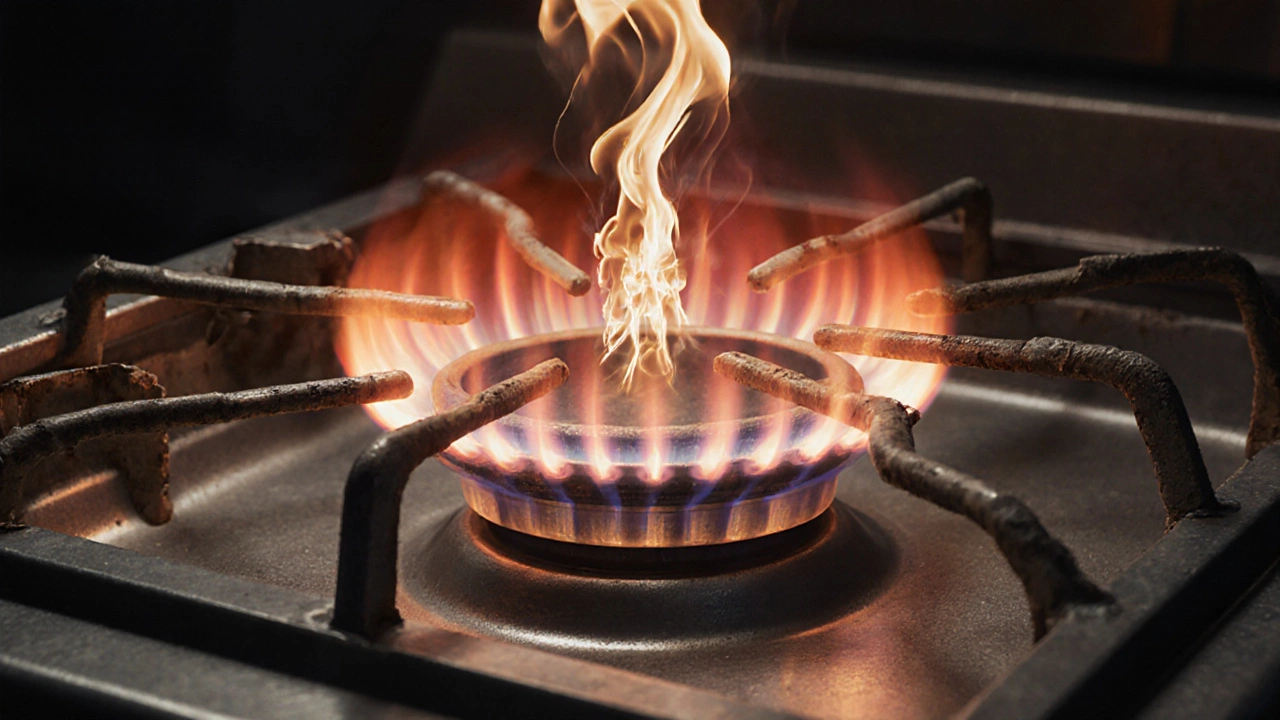
When to Call a Professional
You should call a repair technician if:
- You’re uncomfortable working with electricity
- The socket or wiring looks melted or burned
- Multiple elements have failed in a short time
- The oven isn’t heating at all, and the stovetop elements are fine
If the oven and cooktop both stopped working together, the issue is likely the main control board or thermostat - not a single element. Those repairs are more complex and need a certified technician. Same if you smell burning plastic or see smoke. Don’t risk it.
Preventing Future Failures
There’s no magic trick to make elements last forever, but you can extend their life:
- Wipe up spills immediately - especially sugary or salty liquids that can corrode terminals.
- Don’t drag heavy pots across the coils. That bends the wire and causes stress fractures.
- Use flat-bottomed pots. Warped pans don’t sit evenly, which creates hot spots and overheats parts of the element.
- Turn off the element when you’re done cooking. Letting it cool down naturally helps avoid thermal shock.
- Check your stove’s ventilation. Poor airflow can cause the control panel to overheat, which stresses the whole system.
These small habits add up. A stove that’s treated well can easily last 15 years or more.
Can a bad stove element cause a fire?
Yes, a damaged element can be a fire hazard. If the insulation around the wires is cracked or the terminals are corroded, electricity can arc or overheat nearby materials. If you see sparks, smell burning, or notice black marks around the socket, turn off the power immediately and don’t use the stove until it’s fixed.
Why does only half of my stove element glow?
That’s a classic sign of a broken element. The heating coil is made of a single continuous wire. If it breaks in the middle, electricity can only flow through one half. The part that’s still connected will glow, but the broken section won’t. The element needs replacing - no repair can fix this.
Can I use a universal replacement element?
Some universal elements fit multiple models, but they’re not always safe or reliable. The wattage, size, and terminal spacing must match your original. Using the wrong one can overload your wiring or cause uneven heating. Always match the part number from your stove’s manual or label.
How do I find my stove’s model number?
Look for a sticker inside the oven door frame, on the back of the stove, or under the cooktop. It usually starts with letters like “Model” or “Mod.” Write down the full number - it’s the key to finding the right replacement part.
Is it cheaper to repair or replace the whole stove?
If your stove is under 10 years old and otherwise works well, repairing the element is almost always cheaper. A new element costs under $60. A new electric stove starts at $500 and up. Only consider replacement if multiple components are failing, or if your stove is outdated, inefficient, or unsafe.
Next Steps If You’re Still Unsure
If you’ve tested the element, checked the socket, and ruled out the wiring - but the stove still doesn’t heat - it’s time to think bigger. The issue might be with the control board, thermostat, or even the house’s electrical supply. At that point, it’s better to call a professional. Don’t keep guessing. A trained technician can test voltage at the terminals, check the control circuit, and give you a clear diagnosis in under an hour.
And if you’re replacing the element - keep the old one. Some repair shops will take it back for recycling. Others might even give you a discount on the new one if you bring in the old part. It’s a small step, but it helps reduce waste.
Electric stove elements fail. It’s normal. But knowing how to spot it early, test it safely, and replace it yourself means you won’t be stuck without a working stove for days. You don’t need to be an expert - just careful and curious. And now, you know exactly what to do.
